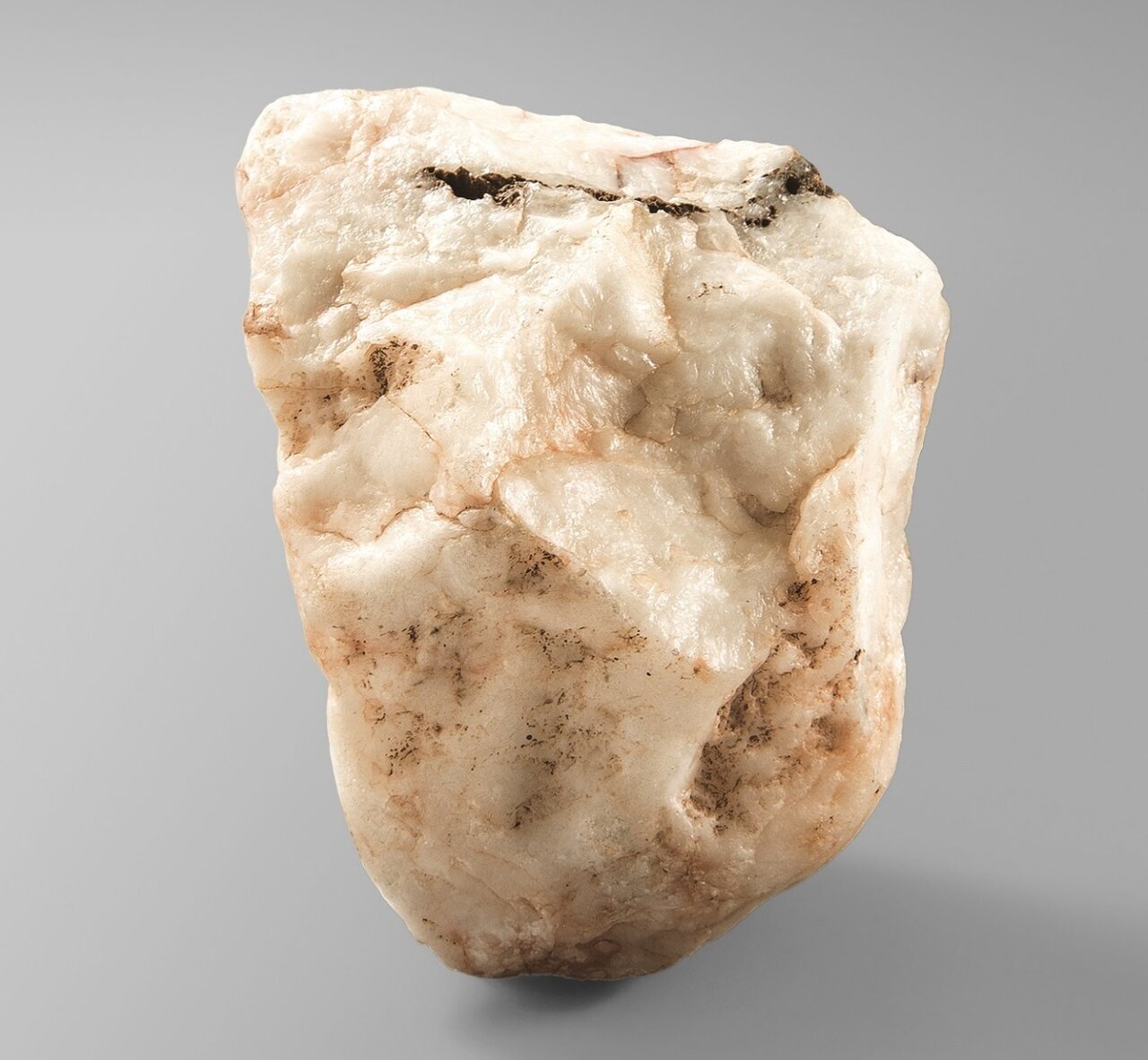Echos of the past: Chopper tool from Kashafrud, northeast Iran

This chopper-shaped tool, made of quartz, was discovered near the Kashafrud River in Khorasan Razavi province, northeast Iran, and dates back to the Lower Paleolithic period. Evidence of flaking and the removal of several flakes can be seen at one end.
The flakes detached from quartz typically have sharp edges, making them highly efficient for cutting various materials. This chopper was found alongside more than 80 other stone tools during geological surveys conducted between 1974-1975 near the villages of Abravan, Chahak, and Baghbaghu in eastern Mashhad.
According to Claude Thibault, the gravel layer in which the tools were discovered lies atop a thick layer of sand, indicating the presence of vast, shallow lakes in the region that gradually dried up between 700,000 to 800,000 years ago. Kashafrud is one of the oldest human settlements in Iran, likely dating back more than 700,000 years.
This tool, along with several other artifacts from Kashafrud, is on display in Showcase No. 1 in the Lower and Middle Paleolithic Gallery of the Iran Bastan Museum (National Museum of Iran). Apart from the Kashafrud showcase, three other displays in this gallery are dedicated to Lower Paleolithic artifacts, featuring stone tools, bones, and animal teeth from this period.
These artifacts were discovered in sites such as Gakia in Kermanshah, Darband-Rashi Cave in Gilan, Shiwatoo in Mahabad, Ladiz in Sistan-Baluchestan, and several other sites, dating from over one million years to around 200,000 years ago. Early humans (Homo erectus and possibly Heidelbergensis) used these tools for breaking bones, cutting skin and meat, shaping wood, and crafting other tools. Fossil specimens from this period, found in Darband-Rashi Cave, belong to an extinct species of cave bear, as well as deer and wild goat teeth.
AM
Leave a Comment